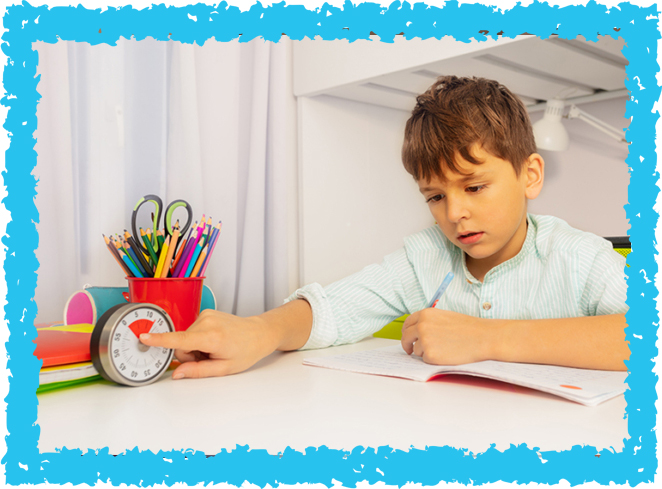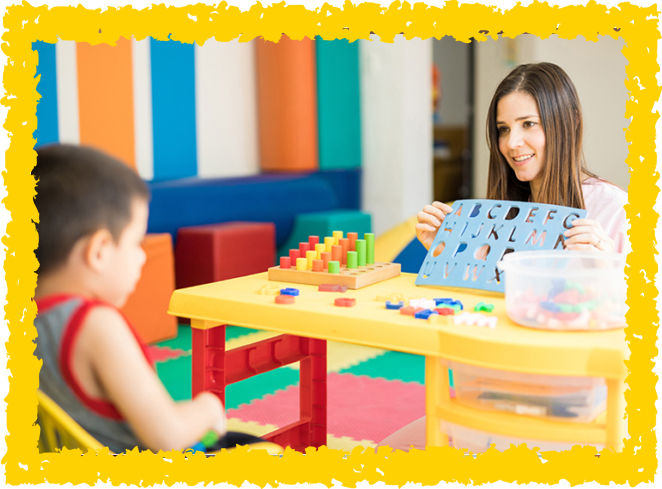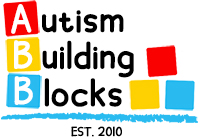All instruction and activities at Autism Building Blocks follow
Applied Behavior Analysis (ABA) with a Verbal Behavior (VB) component.

Here at Autism Building Blocks, we implement Behavior Analytic principles to bring out meaningful and positive changes in behavior to better assist the child in acquiring new skills, and to be able to reach their full potential.
We use a multitude of assessments tailored to fit the needs of each individual child. We use the ABLLS, VB-Mapp, AFLS and PEAK assessments to track skill acquisition and to create affective protocols for each client.
The Verbal Behavior component of ABA was derived from B.F. Skinner’s 1957 publication, Verbal Behavior (VB) and focuses on teaching the child how to communicate with others by first teaching the child how to make requests to get his/her needs met. When children learn to get their desires met by verbalizing, more channels of communication open up, such as labeling, commenting, asking questions, and engaging in conversations. VB-MAPP is an assessment tool we use to help assess a child’s expressive/receptive language. It first establishes a baseline level for a child and then, provides a framework so we can begin tracking language and skill acquisition. The integrative approach of ABA with VB enables us to delve deeper into a child’s skill sets and impact them through individualized programming.


The Assessment of Basic Language and Learning Skills (ABBLS) is an assessment that provides an extensive review of 544 skills including language, social interaction, self-help, academic and motor skills. The information obtained from both assessments allows both the team and parents to identify where the child’s deficits and strengths lie. For basic living, community and home skills we use The Assessment of Functional Living Skills (AFLS).
PEAK is an assessment tool developed by Dr. Mark Dixon to teach language and skills to children with autism using a Relational frame theory approach. The goal of PEAK is not to teach the child to simply memorize answers, but it teaches them to problem solve and critically think.








